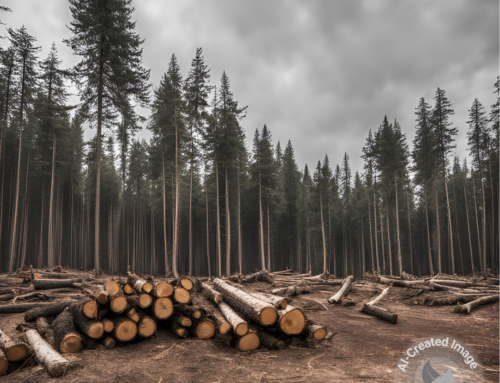We all know how valuable photos are to telling our nonprofit stories. And decent point-and-shoot cameras are so affordable that we can do much of this photography ourselves. But then what? How do you organize your photos so you can actually find what you need?
I asked one of my favorite nonprofit photography and storytelling teams, Throwing Light, to share their ideas with you. Here’s what Leah and Andrew Hood advise . . .
A Guest Post by Leah and Andrew Hood, Throwing Light

Andrew, Leah, and their son Emery on assignment in the Dominican Republic
So you know photos are important and you have found staff and volunteers to help document the great things that happen at your organization. Now what?! It can be overwhelming to know how to organize all those photos. Here are some simple tips we have found helpful in organizing digital images.
Off the Camera and Onto the Computer
The first step in organizing your photos is pretty simple: download & backup your files. This may be stating the obvious, but how many of us have 500+ photos stored on our point and shoot. This is not only a recipe for file-loss disaster, but makes it harder to actually use the image. So plug in that camera, and get those files onto a computer. If your organization has a server, save the images on there vs. your personal computer. There is a phrase in the photography business that if your image doesn’t exist in three places, it doesn’t really exist.
Get Organized
This part is really the key in making your photos “findable” and “useable”. Creating a filing system on your computer that makes sense to you (and to your co-workers) is important. First, choose a naming system for your folders and sub-folders. The three primary naming systems are:
1. Date-based
2. Event-based
3. Client-based
The date-based system depends on organizing and naming folders by date. So a folder for the month of February might be named 2010_02. Be sure to put the year first so that the folders will sort properly.
In an event-based system, the folder might be named “Walk-A-Thon” or “Theater Banquet” or whatever your event is named. In these folders would be photos from all previous occasions of that event. So within your “Walk-A-Thon” folder, you might have a “2010” sub-folder.
The client-based naming system is a bit more rare for non-profits. We worked with an organization that brought professional musicians into schools to teach music lessons. That organization might want to keep all of its photos from a certain school in one folder. So they might have a “Lincoln High” folder and a “James Elementary” folder, for example.
It’s All in a Name
A key element in the usability of your system is changing the file names of your photos and folders from something like C:folder/IMG_290e01.jpg to C:Photos/2011/Jan/VolBanq2011.jpg. When you download your photos from the camera, they will automatically show up in an unhelpful format, so take the time to batch rename them when you download them. Only name the photos that you want to keep. Use a “batch renaming” feature to rename multiple photos. Always name photos with simple, searchable, descriptive text. Usually the name is based on an event or subject. For example, “Tree_Planting_001”. This step will save you HOURS of searching for that perfect image in the future.
Keep a Running Folder of A+ Images
Every once in a while you are going to get a stellar image. Don’t lose it in the virtual pile of photos on your computer. When you have an image that you know you will want to feature on the website, an e-newsletter, or next year’s annual report, copy it into a special folder. This gives you a chance to get the most mileage out of your great photos.
*********************
What ideas do you have for organizing photos so you can find them when you need them? Share your thoughts in the comments.
You can also share on our Facebook page, where reader Katherine Jimenez posted the question that prompted this post.






